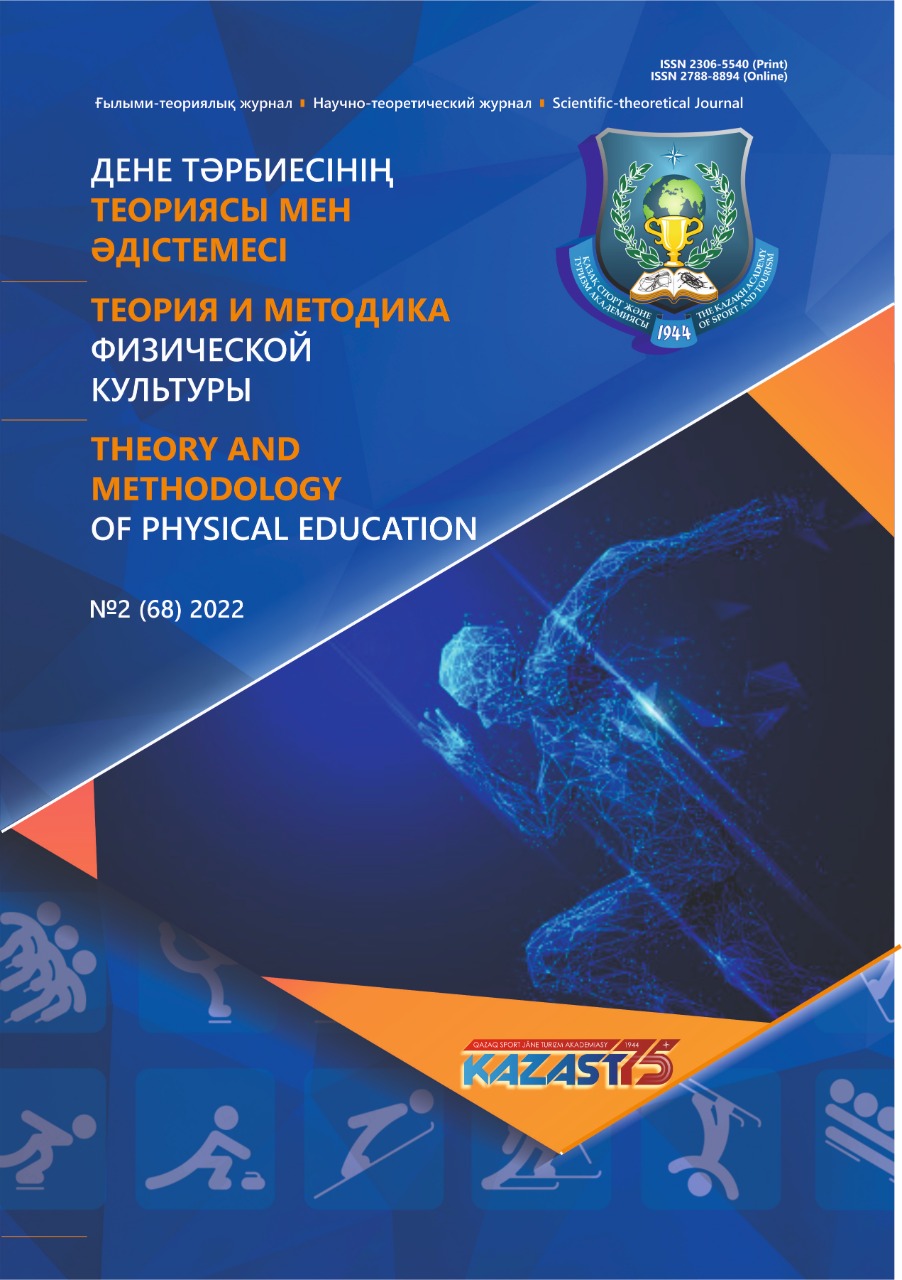Methods of conducting climbing classes in closed space
DOI:
https://doi.org/10.48114/2306-5540_2022_2_132Keywords:
climbing, heart rate, orthostatic measurements, visualization, analysis, techniques.Abstract
In this article, the authors provide modern methods of conducting climbing classes in closed space on artificial terrain, which was the result of their professional activities. The authors conducted an extensive analysis of foreign and domestic theoretical and practical sources, analyzed the basics of modern rock climbing and existing methods of conducting climbing classes in closed space, which differ in a wide variety of approaches, depending on the available conditions. The result of the authors' work was the practical development of indoor climbing classes, effective in solving the problem of improving motor activity in children aged 10-12 years. The article shows the results of indoor climbing classes: sound perception, visualization, motor perception, heart rate monitoring, as well as orthostatic measurements to determine physical activity and the degree of climbing intensity. The degree of various theoretical and practical aspects of rock climbing is determined. These studies will be of interest to coaches, students and teachers of educational departments of universities and anyone interested in climbing.


